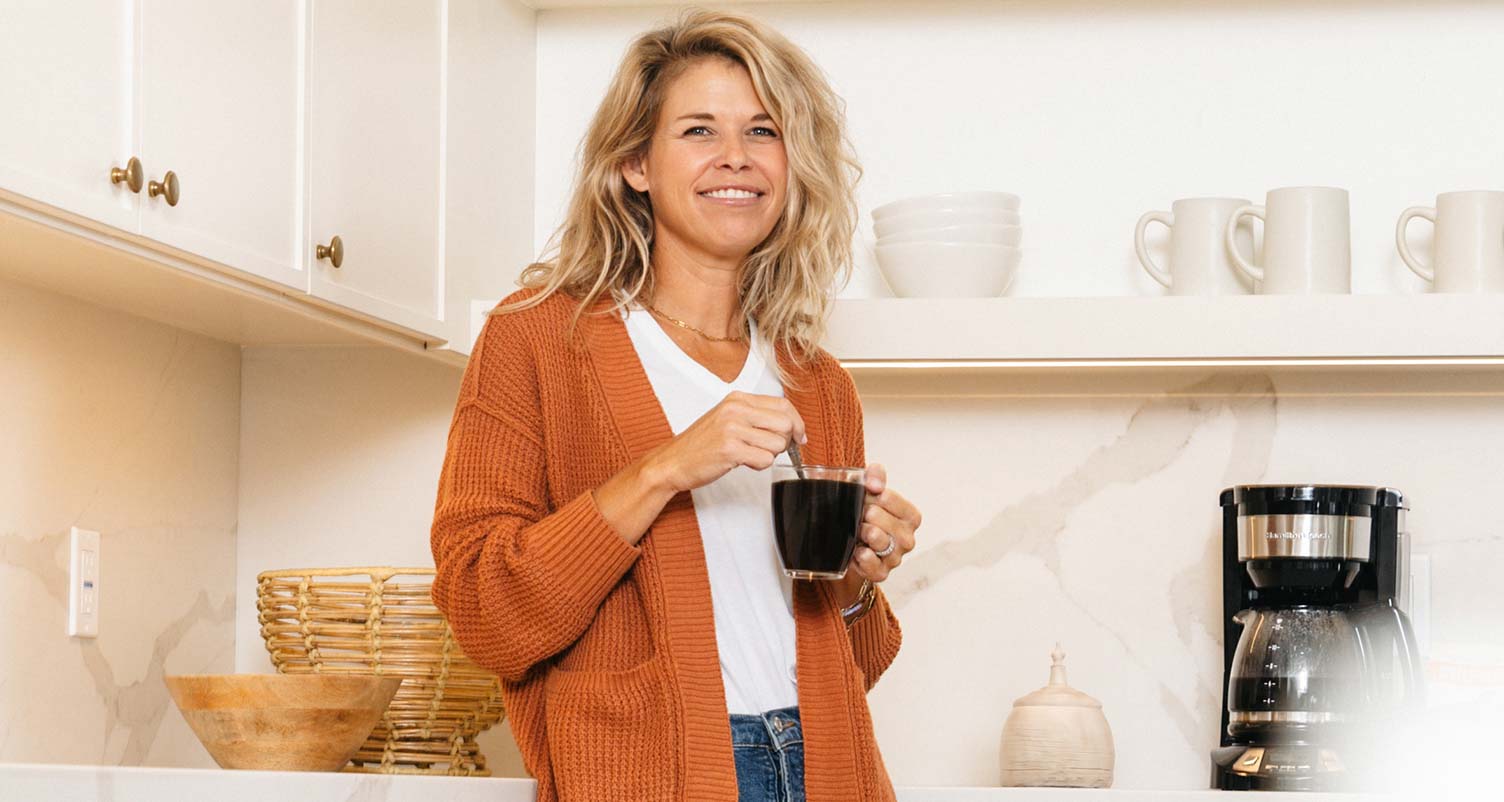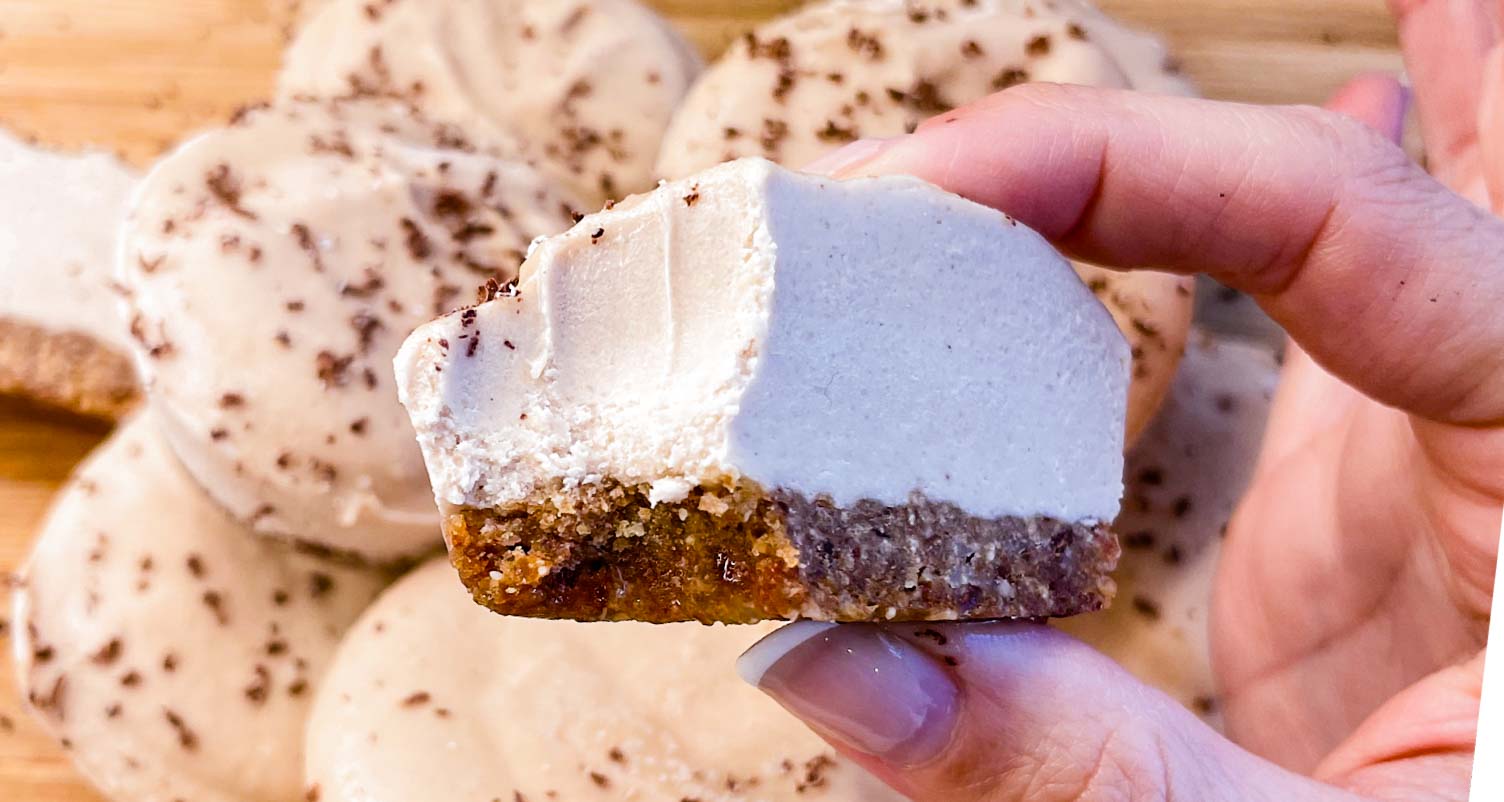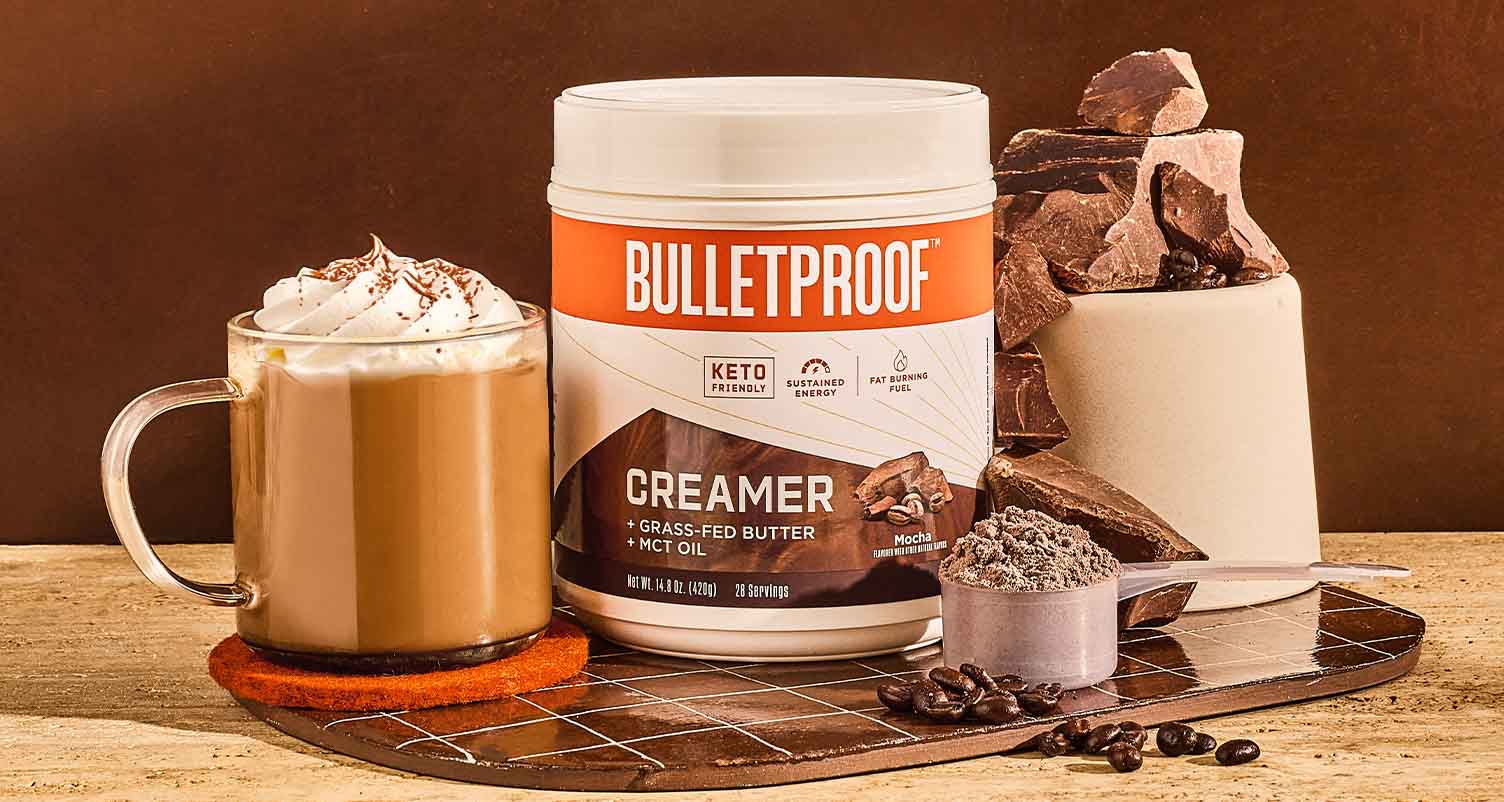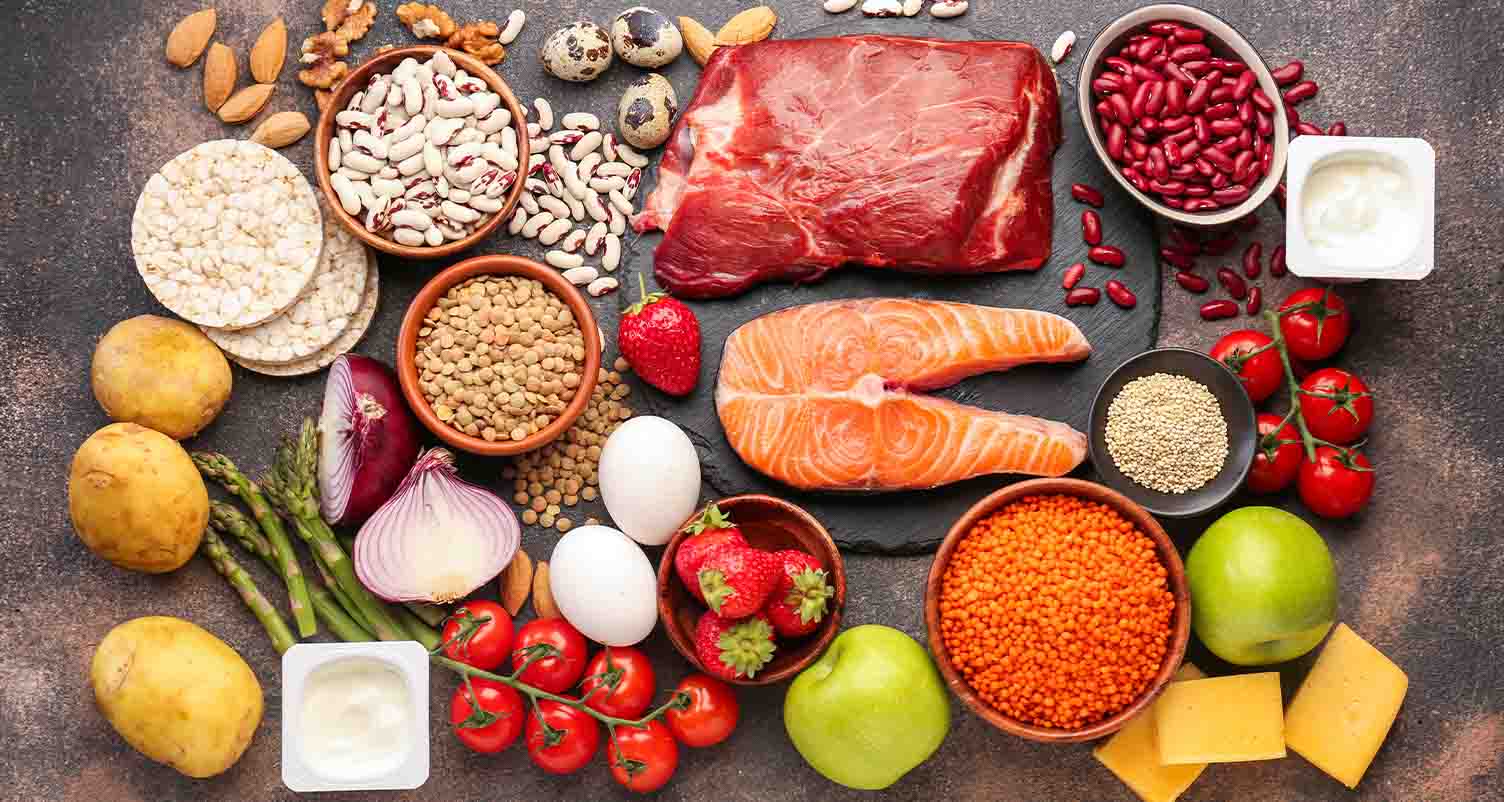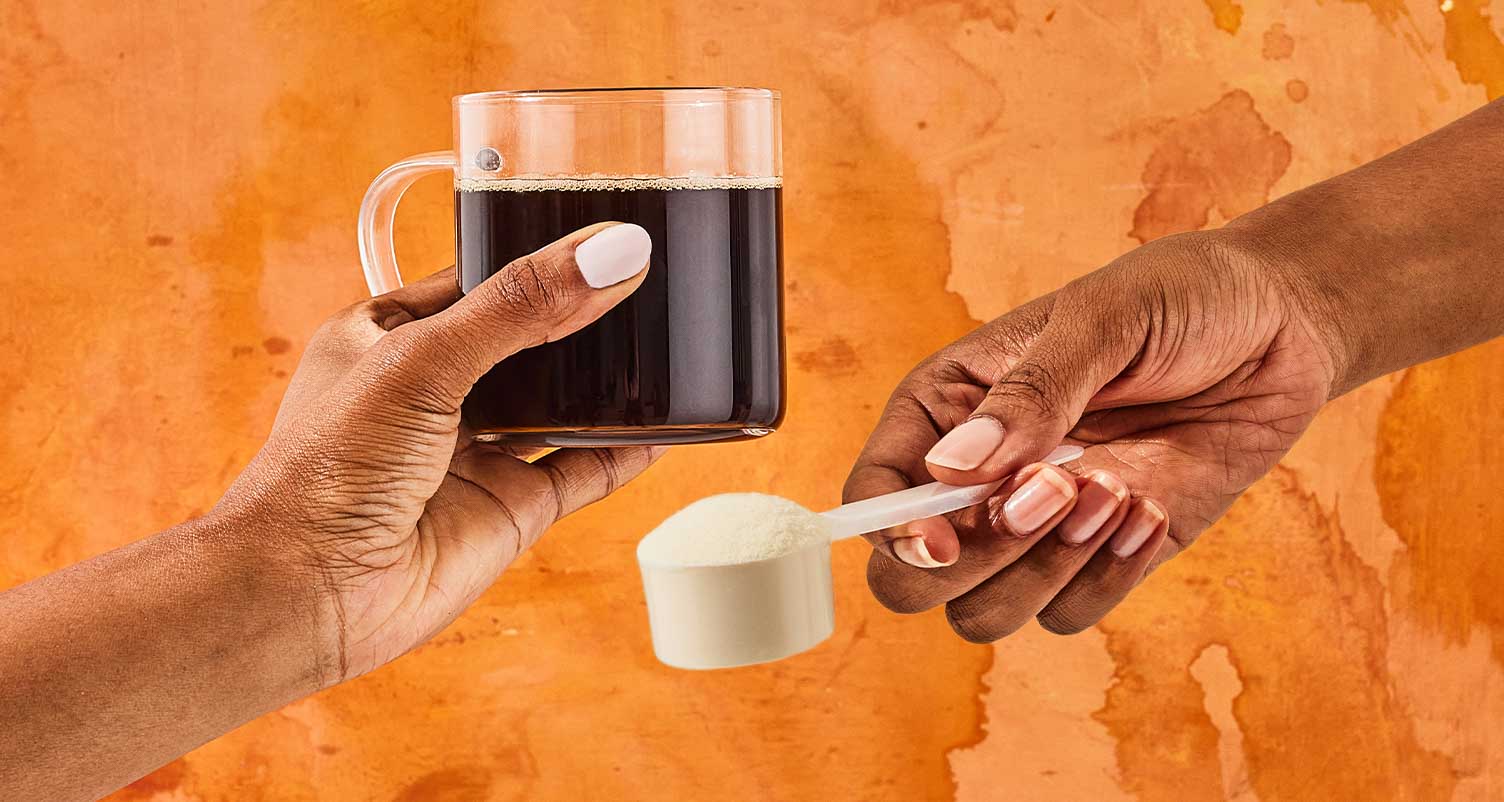- Caffeine is a stimulant that boosts your energy and makes you feel more alert.
- The caffeine content in coffee differs depending on the type of coffee bean, brewing methods and the grinding size.
- Deciding how much caffeine to consume depends on your caffeine sensitivity. It also depends on your sleep needs and if you’re pregnant or breastfeeding.
Whether you take your coffee black, with cream and sugar or whipped into a fancy Frappuccino, we can all agree that coffee is great. Each blissful sip makes your mind feel more alert (even on days where you got little-to-no sleep) and helps you concentrate better. Some studies have even found that coffee may be a healthy beverage that may lower the risk of disease.[1]
But do you know how much caffeine is in a cup of coffee? Keep reading for the answer, the factors that affect caffeine content and how to determine how much you should be guzzling.
Factors that affect the caffeine content in coffee
The difference between strong and weak coffee boils down to the type of coffee bean, brewing methods and grinding size.
Bean Type
There are hundreds of coffee beans, but the two most likely to end up in your morning cup of Joe are arabica and robusta coffee. Arabica is the most popular, while robusta contains more caffeine.
According to a 2021 meta-analysis, robusta contains about twice as much caffeine as arabica.[2] In a single coffee bean, arabica coffee contains between 1.2 and 1.5 percent caffeine, while robusta ranges between 2.2 to 2.7 percent. The different types of coffee roasting — from light to medium to medium-dark to dark — also affect caffeine content. Light roasts typically containing less caffeine than dark.
Prefer a strong cup of coffee but like the taste of arabica beans? The High Achiever sets the standard. It has a higher amount (approximately twice as much) of caffeine per cup.
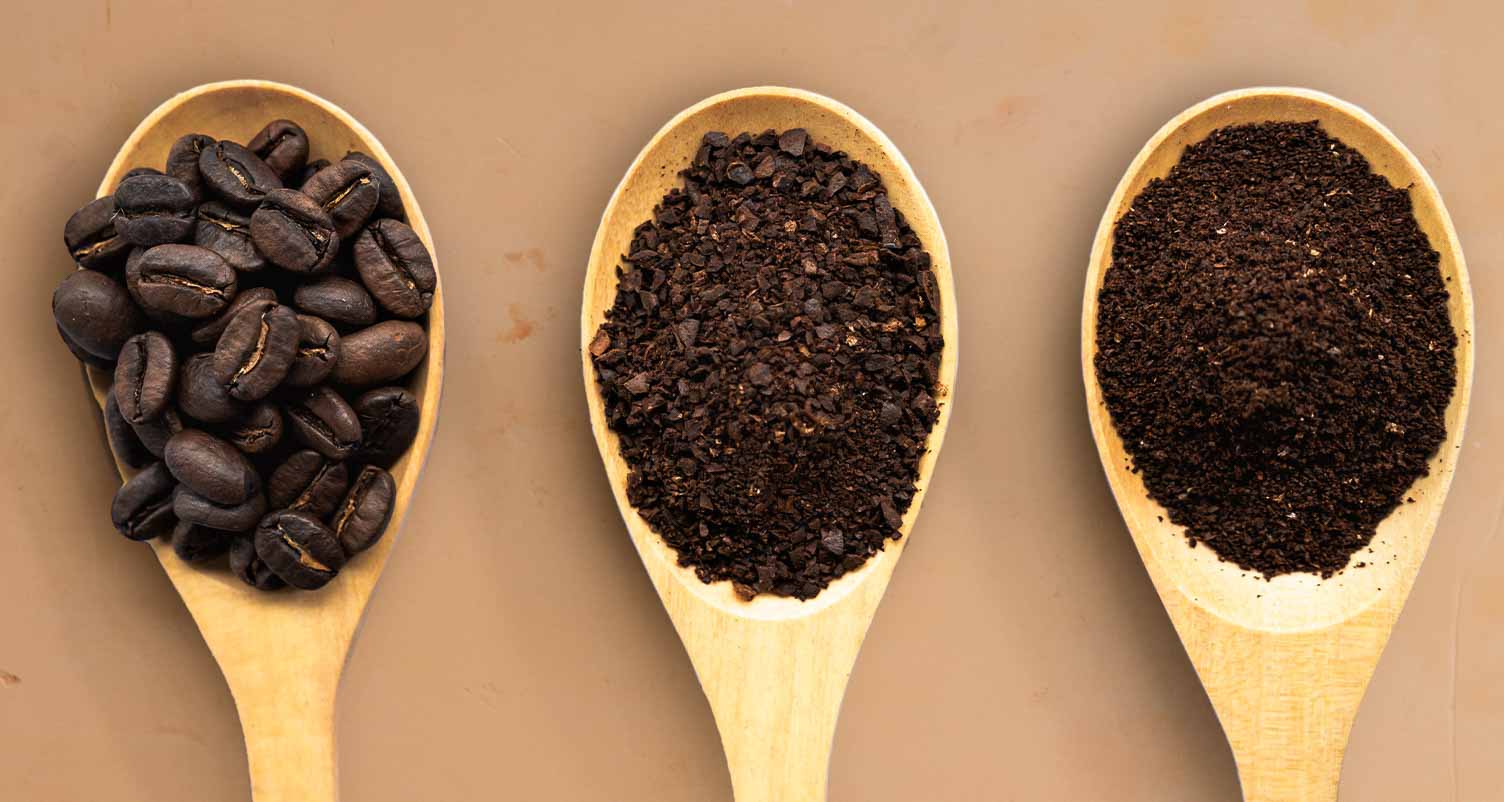
Brewing Methods
Brewed Coffee
A cup of brewed coffee (8 ounces) contains between 80 to 100 mg of caffeine.[3] Most coffees usually end up at 95 mg.[4]
Brewed coffee is made by placing coffee grounds in a filter and pouring hot water over top. From there, the coffee drips down into a vessel (like your favorite Scooby-Doo mug). Whether you like your coffee brewed in a coffee machine, filter or a French press, you’ll find a Bulletproof Coffee to satisfy your taste.
Espresso
According to the USDA, there are 64 mg of caffeine in 30 grams of espresso.[5] Most coffee shops add two shots of espresso to medium- and large-sized lattes, bringing the caffeine total to around 128 grams. For example, the popular pumpkin spice latte (PSL, for short) at Starbucks contains two shots of espresso for grande and venti sizes.
Instant Coffee
Need your fix before caffeine withdrawal kicks in? Try instant coffee, which has been roasted, ground and brewed and then dehydrated into a powder.
Of course, there are some drawbacks to this convenience. The flavor for one — instant coffee lacks that same rich flavor profile and freshness as brewed coffee. It also contains less caffeine — there are about 47 mg of caffeine in 6 ounces of coffee.[6]
Cold Brew
Cold brew coffee is having a moment. This cool-for-summer drink has been popping up in local coffee shops everywhere. But you might be asking: Isn’t cold brew the same as iced coffee? Any coffee connoisseur will tell you that the answer is no.
The main difference between cold brew and iced coffee is the brewing method. Iced coffee is hot coffee served over ice. Cold brew, on the other hand, is made by steeping coffee grounds for several hours in water that’s either cold or room temperature.
Decaf
How much caffeine is in decaf coffee? Yes, that’s right; there is caffeine in decaf coffee. The decaf process removes 97 percent or more caffeine, leaving around 2 mg in an 8-ounce cup of coffee.[7] It’s not perfect, but this number is still much lower than the 95 mg in a regular cup of coffee.

Grind
A cup of coffee is only as good as its grinding method (coarse, medium, fine and very fine). The size of the particles affects the extraction process (what water takes from the coffee). This, in turn, affects the flavor profile and how much caffeine is in a cup of coffee.
If you want coffee that has a distinctive taste and strong caffeine content, choose fine or very fine. Turkish coffee, for example, is made with very fine grounds that end up sinking to the bottom of the cup. By comparison, coarse and medium grounds are weaker and less flavorful. They have looser particles, so water passes through faster.
How Much Caffeine Do You Need?
While this number depends on the person, the FDA says it is safe for healthy adults to consume up to 400 milligrams of caffeine per day.[8] Keep in mind that there’s also caffeine in some teas, sodas, energy drinks and even chocolate.
To determine your caffeine sweet spot, keep these factors in mind:
- You’re sensitive to caffeine: For some people, caffeine and stress go hand in hand. Even a little amount could cause restlessness, anxiety or heart palpations, so it may be a good idea to reduce or cut out caffeine completely.
- It affects your sleep: As a stimulant, caffeine is great when you need an extra boost of energy throughout the day. But if you find that caffeine is making it hard to sleep at night, it’s recommended that you avoid it within six to eight hours of your bedtime.
- You’re pregnant: Cocktails may be out, but coffee is still allowed. Research has found that it’s safe for pregnant women to consume no more than 200 milligrams of caffeine each day.[9]
- You’re breastfeeding: Caffeine can appear in women’s breastmilk, so it’s advised that mothers drink coffee in moderation. Aim for no more than one to two cups per day.[10]
For specific health concerns that may require you to reduce your caffeine intake, speak to your healthcare provider.
For many, sipping a cup of coffee is the best part of their day. But before having that second (or even third) round, it helps to know how much caffeine is in a cup of coffee. This number ranges based on several important factors, such as brewing method, the type of bean and the grind size. To get specific about your limits, consider your caffeine sensitivity, health conditions and whether you’re pregnant or breastfeeding. There are also caffeine calculators available online.
Join the Bulletproof Revolution
Sign up for early access to sales, product launches, the latest Bulletproof news and more!





